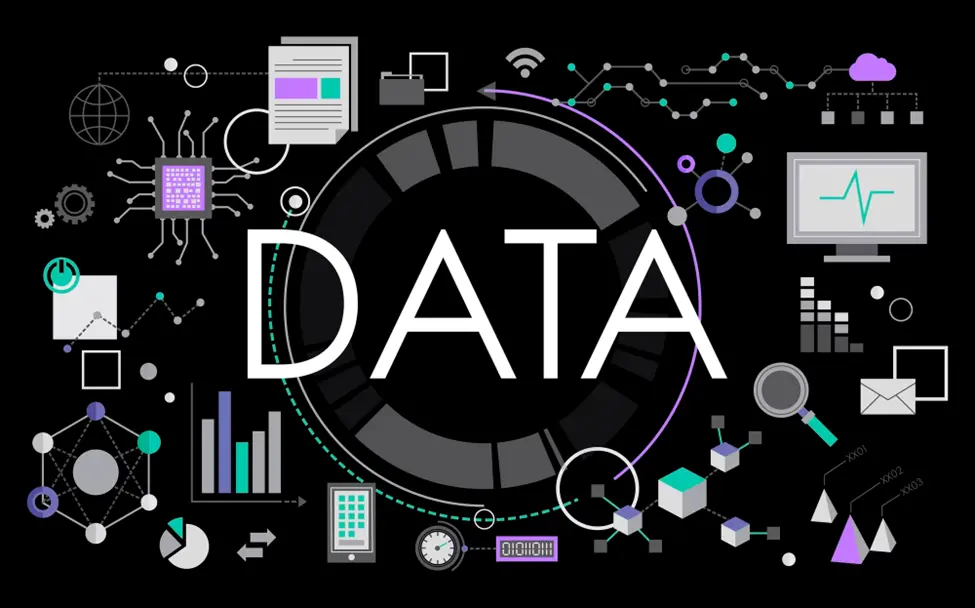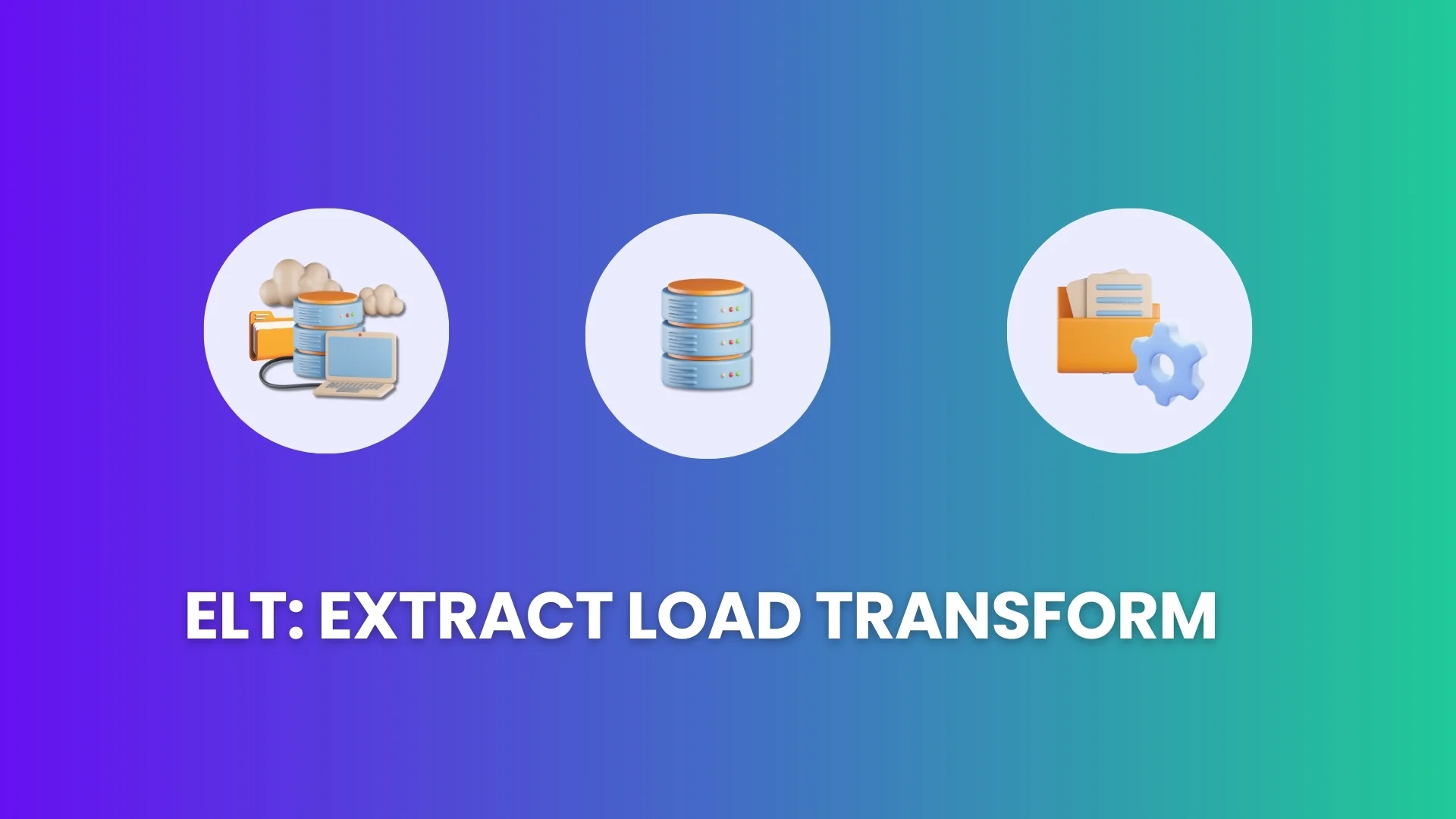<–tes–> According to a report by Mordor Intelligence, energy companies are grappling with challenges rooted in the scarcity of accurate data. These hurdles range from forecasting production demand and optimizing load distribution to enhancing operational efficiency.
But here’s where things take a turn for the better. The big data energy industry market is poised for growth, set to soar from $9.51 billion in 2021 to $36.76 billion by 2023.
This rise suggests a transformation is on the horizon. More energy analytics companies will turn to big data to tackle existing data-related challenges.
So, why is this important for you? Read on to discover how leveraging data analytics serves as a game-changer in the energy sector.
What is energy data analytics?
Broadly speaking, energy data analytics is the use of advanced tools and methods to analyze large sets of complex, often unstructured data generated within the energy sector. With this method, you convert raw data into actionable insights. In other words, big energy data allows you to make the most of every data point. With it, you can get insights into:
- Real-time consumption for load distribution optimization
- Future energy production and consumption
- Energy prices, demand elasticity, and other market behaviors
- Predictive maintenance of machinery and equipment
- Inefficiencies in the production cycle
- Regulatory compliance and legal requirements
- Storage info like battery performance, charge cycles, and energy draw
💡 For better results, ensure you use quality energy data for analysis. Consider data validation and cleaning before conducting any analytical activities.
How big data analytics can drive energy sectors?
Optimize operations
As you harness data analytics, you’re putting your energy operations on the fast track to efficiency. For example, you may get real-time insights into energy demand, fluctuating market prices, and even impending weather conditions. With this information at your fingertips, you can make agile decisions that keep your operations running smoothly no matter what challenges come your way.
Say you’re dealing with an abrupt spike in energy demand due to extreme weather. With real-time big data energy analytics, you’ll be able to redistribute your energy supply more effectively to minimize outages and maximize customer satisfaction.
Shrink your expenses
We get it — you’re constantly looking for ways to cut costs without compromising on quality or efficiency. Well, here’s some good news: big data analytics zeroes in on places where you can save money.
Your analytics dashboard might show that certain machinery is consuming more power than necessary during non-peak hours. Based on these insights, you could adjust operational schedules to minimize energy wastage and reduce your utility bills.
Or consider using energy analytics for smarter procurement. Say you regularly source certain materials for your operations. As you analyze vendor performance, material quality, and delivery times, you’ll have a chance to negotiate better contracts or switch to more cost-effective suppliers.
Predict maintenance
You know the drill: a critical machine breaks down, and suddenly, you’re dealing with costly repairs and unscheduled downtime. But what if you could see these problems coming and prevent them? That’s precisely what predictive maintenance powered by data analytics offers you.
If you’re in the oil and gas sector, you’ll continuously evaluate pipeline pressure, flow rates, and even material integrity. These insights will allow you to anticipate issues like leaks or blockages before they become catastrophic.
Or you may operate a wind farm. As you monitor each turbine’s performance data, it may alert you to subtle changes that could indicate an impending failure.

Plan more effectively
Planning is all about preparing for tomorrow’s opportunities rather than navigating today’s challenges. And let’s face it, in the energy sector, even a small misstep in planning can have ripple effects. Energy data management will sharpen your planning and help you strategically position your company for future success.
As you know exactly when energy consumption in your service area peaks or dips, you can adjust your production levels to match. So you neither fall short nor waste resources on overproduction.
Key data sources in the energy industry
The quality and relevance of the data you use for analysis may define what results you achieve. That’s why we suggest you pick data sources wisely to equip yourself with the most comprehensive, up-to-date information. Here are some types of online sources for web scraping valuable insights:
- Industry reports & academic journals (like the U.S. Energy Information Administration (EIA), International Energy Agency (IEA), or journals like Energy Policy).
- News websites (Bloomberg, Reuters, and Financial Times).
- Social media platforms (LinkedIn, Twitter, Threads, Instagram, Facebook, and more).
- Government & regulatory websites (sites for governmental energy departments and regulatory bodies).
- Auction & trading platforms (websites that facilitate energy trading or auctioning of energy resources).
- Commercial databases (S&P Global Platts, Argus Media, or specialized industry databases).
- Industrial sensors (in-house sensors collecting data on machine performance, temperature, pressure, and much more).
- Weather platforms (AccuWeather, 1Weather, The Weather Channel, Yahoo Weather, and more).

Use cases of leveraging energy data analytics
Predictive maintenance
If you’ve ever had to halt operations due to an unforeseen equipment failure, you know the damage it makes to productivity and profits. Therefore, you may consider using machine learning and real-time data to anticipate equipment failures before they occur.
For instance, you may get a heads-up that your wind turbine’s gearbox is showing signs of wear. So, you can schedule maintenance during a low-demand period to avoid unplanned downtime.
Energy consumption analysis
Consumption patterns are important for optimizing your production cycles. Through advanced analytics, you gain detailed insights into when and how energy is consumed, down to the minutest variation.
For example, if you operate a utility company, you’ll reveal that your peak consumption occurs between 6 p.m. to 10 p.m. on weekdays. You can then adjust your energy production schedules accordingly. This step will help you minimize waste and improve customer satisfaction.

Market analysis & trading
If you’ve ever done energy market research, you know that it’s pretty complex and volatile. A myriad of factors shapes it — from geopolitics to weather patterns.
But with analysis of big data in energy sector, you can scrape real-time data from multiple sources. You’ll get an idea of commodity prices, currency fluctuations, even news feeds.
So, whether you’re planning to buy a new oil field or trade energy commodities, analytics will arm you with the data you need to make intelligent, timely decisions.
Renewable energy integration
Transitioning to renewable energy is not just an ethical choice, but a business imperative today. However, you may find that seamlessly integrating renewable energy sources like solar or wind into a traditional energy grid is a challenging feat.
With data analytics, you can model how different energy sources will impact your existing infrastructure. Thus, it’ll help you plan your renewable integration down to the last detail. For instance, you’ll can predict how a new solar farm’s output will align with daily or seasonal consumption patterns.
Final word
Whether you aim to streamline operations, reduce costs, or make more informed market decisions, data analytics serves as an indispensable tool for achieving these objectives.
If you’re new to big data energy services, Nannostomus is here to guide you through. We specialize in data scraping, wrangling, and aggregation. With our support, you’ll get a coherent, comprehensive view of your operations and market environment. Let’s discuss how we can help you understand the current state of your business and predict future trends.




